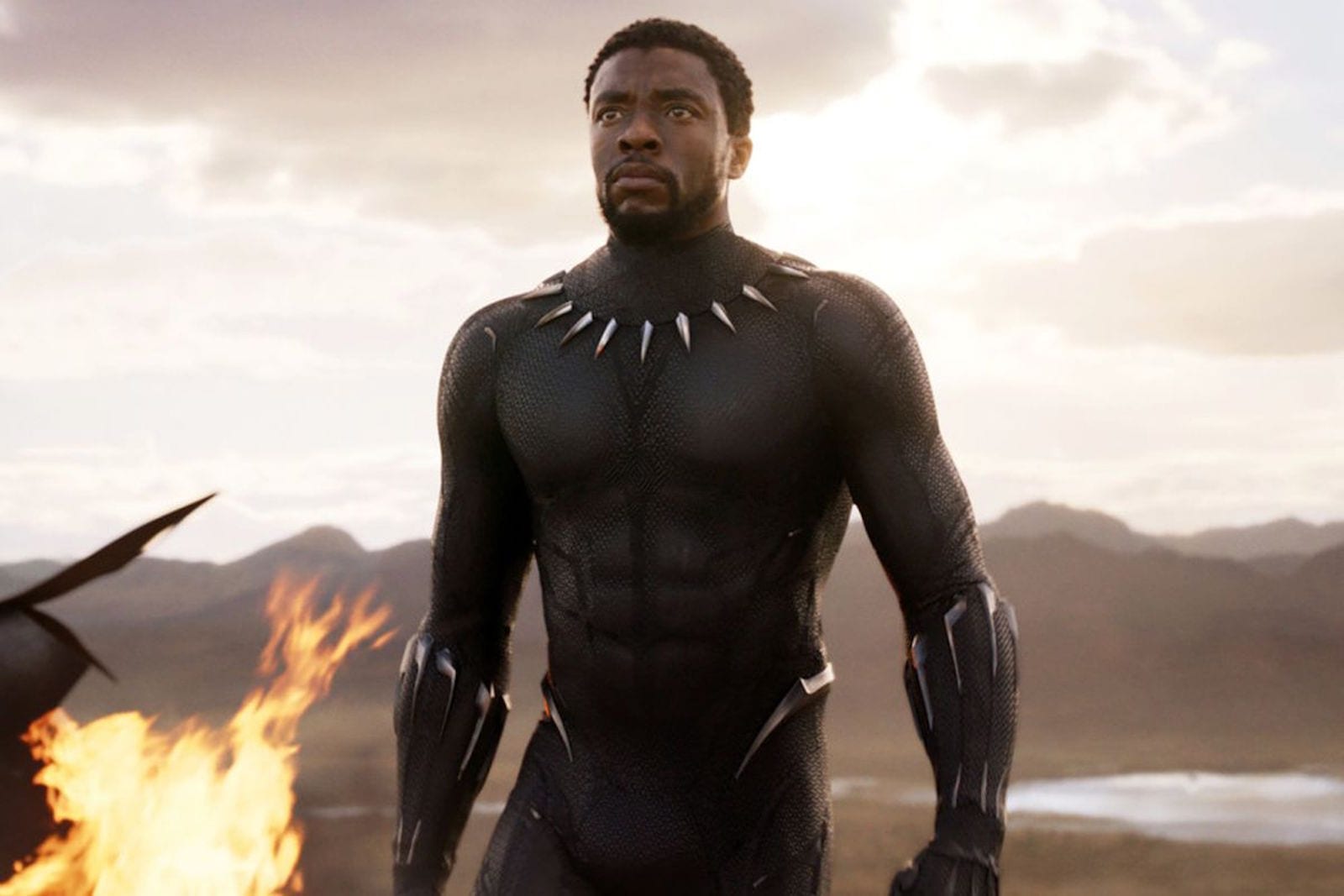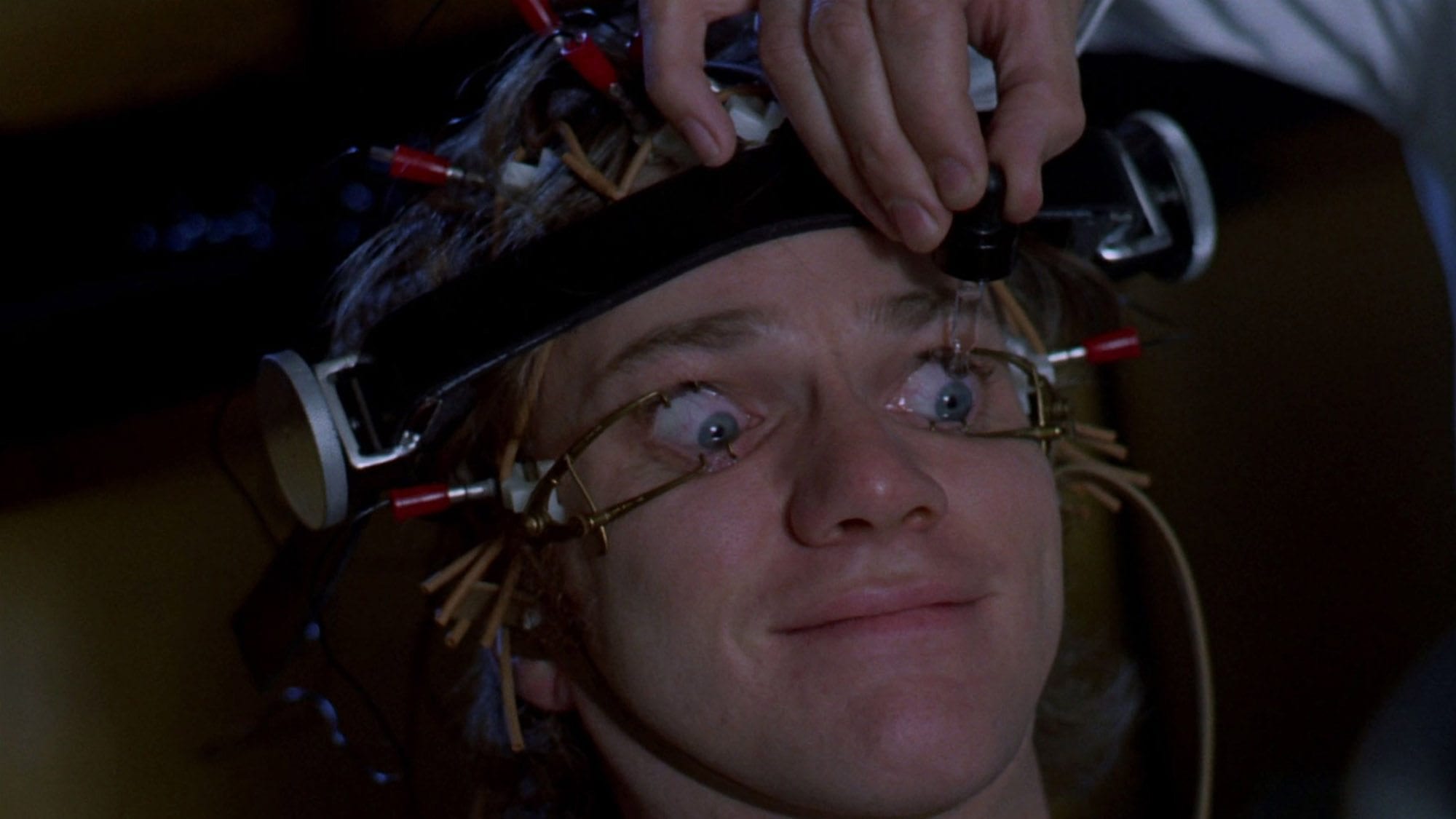
Black Pantherese: The made-up dialects in movie worlds
Calling all linguistic nerds – you’re in good company! Here at Film Daily we love exploring and decoding language, particularly when it comes to fictional ones created especially for a TV show or movie. Recently, Ryan Coogler’s Black Panther caused audiences to obsess over the Wakanda dialect.
Let’s launch through the movie lingos and let our etymological freak flags fly. Say that ten times fast!

Black Panther (2018)
Language: Afrofuturistic Nsibidi
Based on the ancient Nigerian language Nsibidi, production designer Hannah Beachler spent six months developing the linguistics of the fictional language featured in Black Panther.
“It was a process of trying to pay homage to lost languages but also infusing the idea of Afrofuturism and [sic] reclaiming languages lost,” Bleacher explained to IndieWire. “The language needed to evolve from the older hieroglyphs into a more modern version.”
Avatar (2009)
Language: Na’vi
University of Southern California linguist Dr. Paul Frommer was enlisted to help create the Na’vi language of Avatar alongside director James Cameron. The resulting mixture of Ethiopian & New Zealand Māori languages was a lexicon of more than 1000 words, which Dr. Frommer has since continued to expand on.
“It’s a process that took about six months for the basics,” Dr. Frommer explained to USC News. “When you create a language, you experience the joy of rolling sounds around in your mouth, hearing unusual sounds, playing with the sounds, and structural properties of language.”
Star Trek: The Motion Picture (1979)
Language: Klingon
Linguist Marc Okrand developed the aggressive and iconic language specifically for the 1979 movie. However, Klingon has since become a mainstay and has been expanded far beyond the initial words and phrases it started out as.
Orkrand even developed a Klingon dictionary in 1985 comprising grammar rules, pronunciation, and vocabulary. He also went on to create the Vulcan language for the series – but it’s notably less cool.
Game of Thrones (2011 – )
Language: Dothraki
Dothraki was developed by linguist David J. Peterson from George R. R. Martin’s fantasy novel series. It was reportedly developed by combining Spanish, Arabic, Swahili, and Estonian. There are currently 3,100 Dothraki words and Emilia Clarke (who plays Daenerys Targaryen in the show, duh) appears to have a terrific grasp of all of them.
The Fifth Element (1997)
Language: Mondoshawan
Director Luc Besson developed the language spoken by Leeloo (Milla Jovovich) in the sci-fi cult classic. Memorizing and refining the limited language meant Jovovich and Besson reportedly spoke in Mondoshawan to each other between takes.
Fans of the movie discovered Mondoshawan is an odd concoction of just about every language Besson could pilfer from. Japanese, German, and French words are among some of the standout linguistic phrases used.

Futurama (1999 – 2013)
Language: Alienese I & II
Used mainly as a background detail in graffiti and store signs, Alienese was developed by Futurama co-creator David X. Cohen to give the 31st century world more authenticity and depth. Presumably, he also knew fans of the sci-fi comedy would quickly recognize Alienese as a basic substitution helped cipher and decode all his hidden jokes.
To keep fans on their toes, Futurama writers created a second alien language – Alienese II – which was more math based and tricky to figure out. However, a fan called Damien Reichel made this Alienese decoder so you don’t have to stress your pretty head about figuring any of it out on your own.

Star Wars: Return of the Jedi (1983)
Language: Huttese
Developed by sound designer Ben Burt, the Tatooine-based language is mostly spoken by Jabba the Hutt. Derived from an ancient Incan dialect called Quechua, the fictional language has become an ingrained part of pop culture.

A Clockwork Orange (1971)
Language: Nadsat
Stanley Kubrick’s satisfyingly warped adaptation of Anthony Burgess’ A Clockwork Orange stays true to the fictional language the author created in his 1962 book. Used as slang by the horrifying teenage creeps of Alex and his Droogs, Burgess developed Nadsat to ensure the story never felt outdated.
Based on Russian and other linguistic elements like Cockney rhyming slang, archaism, and compound words, the unique dialect only adds to the unnerving atmosphere, making the audience feel even more like outsiders looking in.
Despicable Me (2010)
Language: Minionese
Easily one of the strangest (and cutest) fictional languages, Minionese is a babified variation of English. It has an affinity for b & p sounds, simple consonant-vowel syllables (ba-na-na), and a strategy of baby onomatopoeia like woof woof for dog or choo choo for train. Interestingly, Minionese also uses random phrases from an international bevy of languages.
Speaking to the Los Angeles Daily News, director Pierre Coffin explained his slightly inelegant process. “I have my Indian or Chinese menu handy. I also know a little bit of Spanish, Italian, Indonesian, and Japanese. So I have all these sources of inspiration for their words. I just pick one that doesn’t express something by the meaning but rather the melody of the words.”
The Lord of the Rings trilogy (2001 – 2003)
Language: Elvish
Author J.R.R. Tolkien developed Elvish long before he’d even written The Lord of the Rings. Quenya was developed for the High Elves of Eldamar while Sindarin was created for the Grey Elves of Telerin. Characters like Arwen (Liv Tyler) and Aragorn (Viggo Mortensen) spoke versions of Elvish in the movies, based loosely upon Finnish, Welsh, Greek, and Latin.



